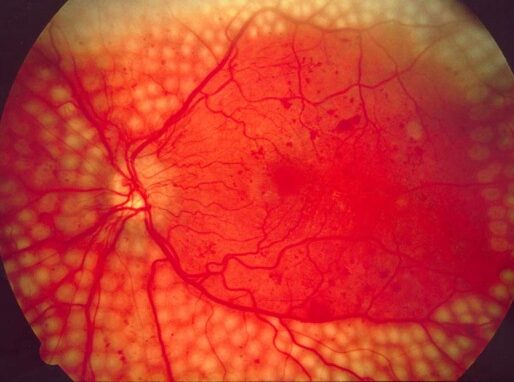Platelet-rich plasma (PRP) therapy has become an increasingly popular treatment in the field of ophthalmology. PRP therapy involves using a patient’s own blood, which is processed to concentrate the platelets, and then injected into the affected area. This therapy has been used to treat a wide range of ocular conditions, including dry eye syndrome, corneal ulcers, and even glaucoma.
How PRP Therapy Works
Platelets are small blood cells that play a crucial role in the body’s natural healing process. When tissue is damaged, platelets are activated and release growth factors that promote healing and tissue regeneration. PRP therapy involves harvesting a patient’s blood, processing it to concentrate the platelets, and then injecting the platelet-rich plasma into the affected area.
PRP Therapy for Dry Eye Syndrome
Dry eye syndrome is a common condition that occurs when the eyes do not produce enough tears or when the tears evaporate too quickly. This can lead to a range of symptoms, including burning, itching, and blurred vision. PRP therapy has been shown to be effective in treating dry eye syndrome by stimulating the production of tears and reducing inflammation in the eyes.
PRP Therapy for Corneal Ulcers
Corneal ulcers are open sores on the surface of the eye that can cause pain, redness, and sensitivity to light. They can be caused by a variety of factors, including infection, injury, and underlying medical conditions. PRP therapy has been used to treat corneal ulcers by promoting the regeneration of healthy tissue and reducing inflammation in the eye.
PRP Therapy for Glaucoma
Glaucoma is a condition that occurs when the pressure inside the eye becomes too high, causing damage to the optic nerve. This can lead to vision loss and even blindness if left untreated. PRP therapy has been shown to be effective in treating glaucoma by reducing intraocular pressure and promoting the growth of new blood vessels in the eye.
Benefits of PRP Therapy in Ophthalmology
PRP therapy offers several benefits for patients with ocular conditions. Some of these benefits include:
Non-surgical: PRP therapy is a non-surgical treatment that does not require general anesthesia or incisions.
Safe: Because PRP therapy uses a patient’s own blood, there is no risk of allergic reaction or rejection.
Effective: PRP therapy has been shown to be effective in treating a wide range of ocular conditions, with minimal side effects.
Minimal downtime: PRP therapy does not require a long recovery period, and patients can typically return to their normal activities immediately following treatment.
Long-lasting results: PRP therapy can provide long-lasting results, with some patients experiencing improvements for up to a year or more.
Conclusion
PRP therapy is a promising new treatment option in the field of ophthalmology. This therapy offers a safe and effective alternative to traditional treatments for ocular conditions, with minimal downtime and long-lasting results. If you suffer from dry eye syndrome, corneal ulcers, or glaucoma, talk to your doctor to see if PRP therapy is right for you.








